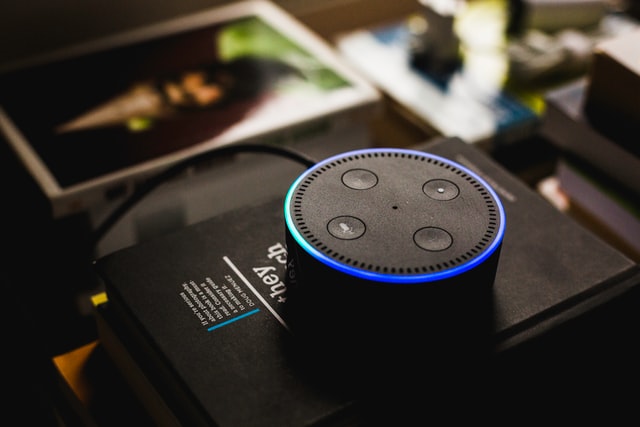
WTF is IoT °_°, how big is it and why now?
The definition
def: IoT is the ability of objects to speak and respond.

Now you might wonder how big is this?
IoT market value = The Netherland GDP, 2016
1 IoT device = 1 human on earth
Why now and why so fast?
- the Moore law
- the Nielsen law
- the Metclaff law
- Marshall Law
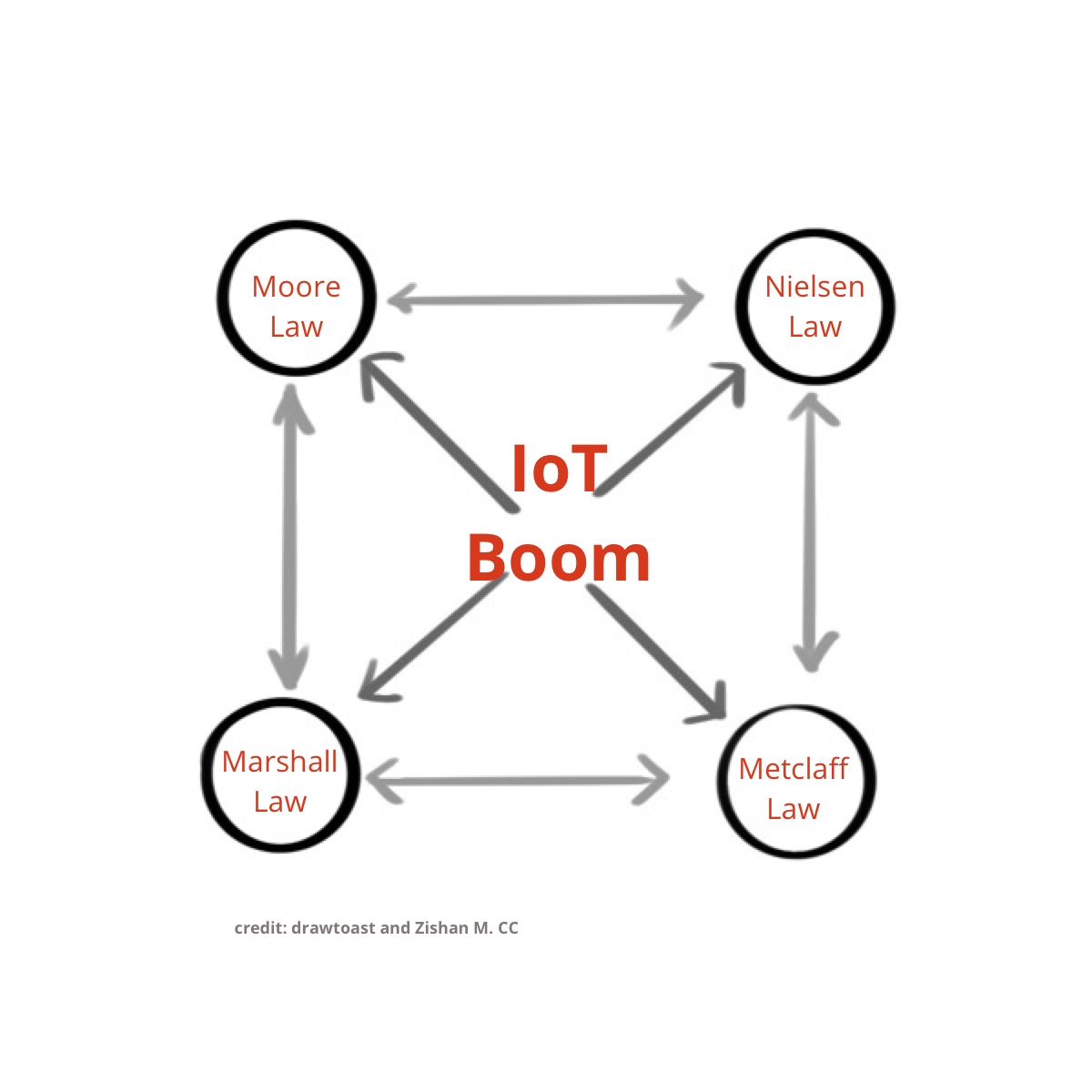
The Moore law states that “the number of transistors in a dense integrated circuit doubles approximately by 18 months” that means the computing power (i.e. chips and memory) doubles every 18 months.

The Nielsen law network connection speeds for high-end home users would double every 21 months
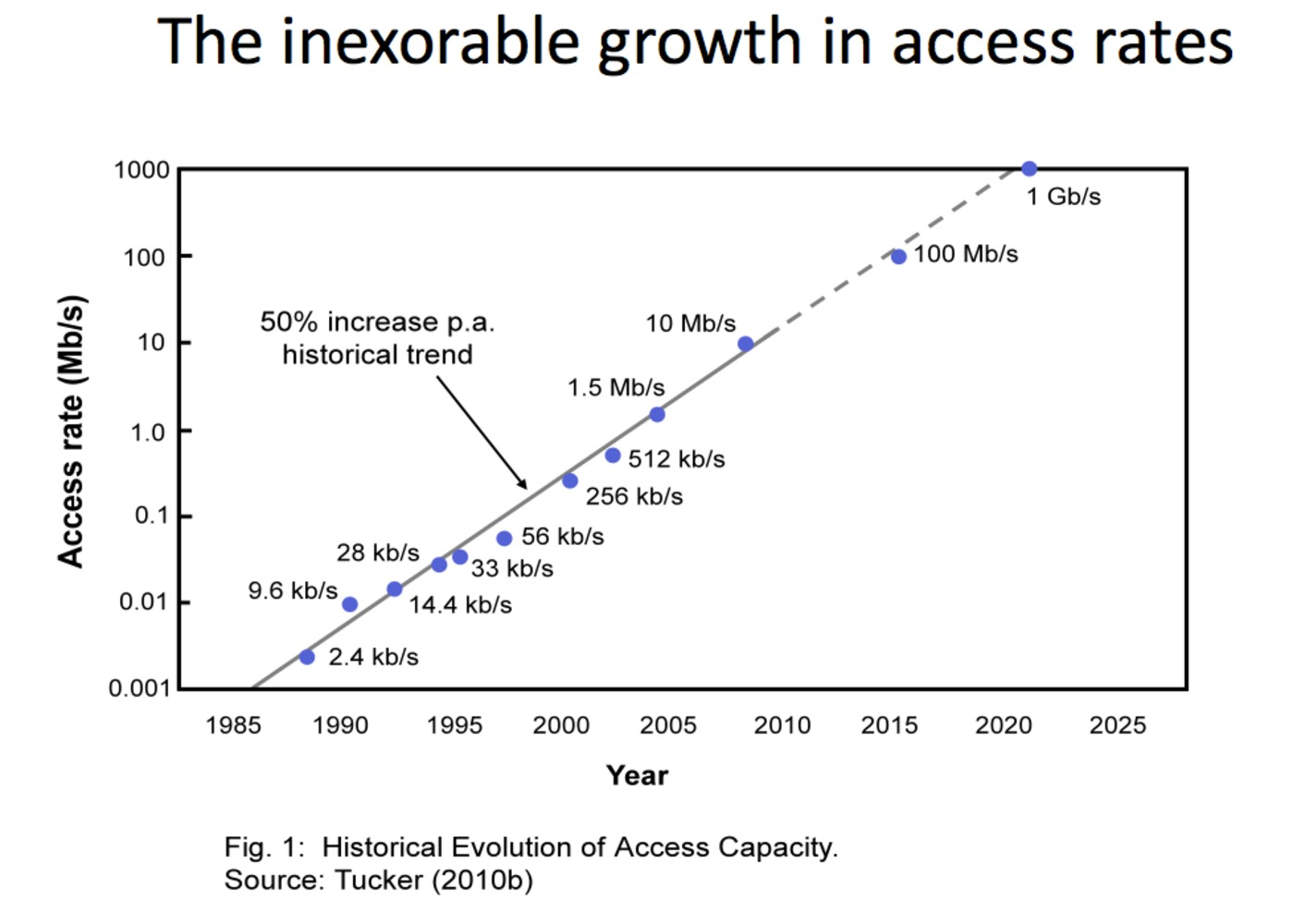
The Metclaff law” states that the value of a telecommunications network is proportional to the square of the number of connected users of the system (n2″). that means when there is 10 user of the system or network it means 100 unique connections by adding 1 user from 10 to 11, the numbers of unique connections increases by 21%. That is foundation of what in the tech industry people call “network effect”. By adding a new users you are increasing exponentially the value of the network. Now imagine in the scale of Facebook, Amazon of Ali Baba.
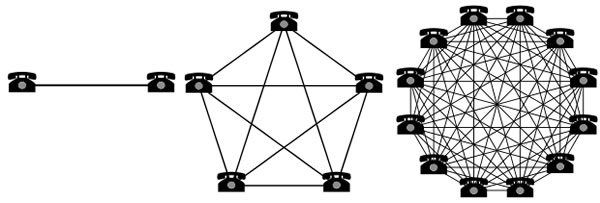
The Marshall law claims “supply and demand is an economic model of price determination in a market”. It means if you go to the superstore nearby and buy one box of cereal it might cost you $3. There is deal offered by the store, you buy 2 cereal boxes at $5, the cost per boxes could be $2.5. So by increasing the quantity I am ready to buy (demand), the superstore is willing to decrease the price per box (supply).


Most Popular
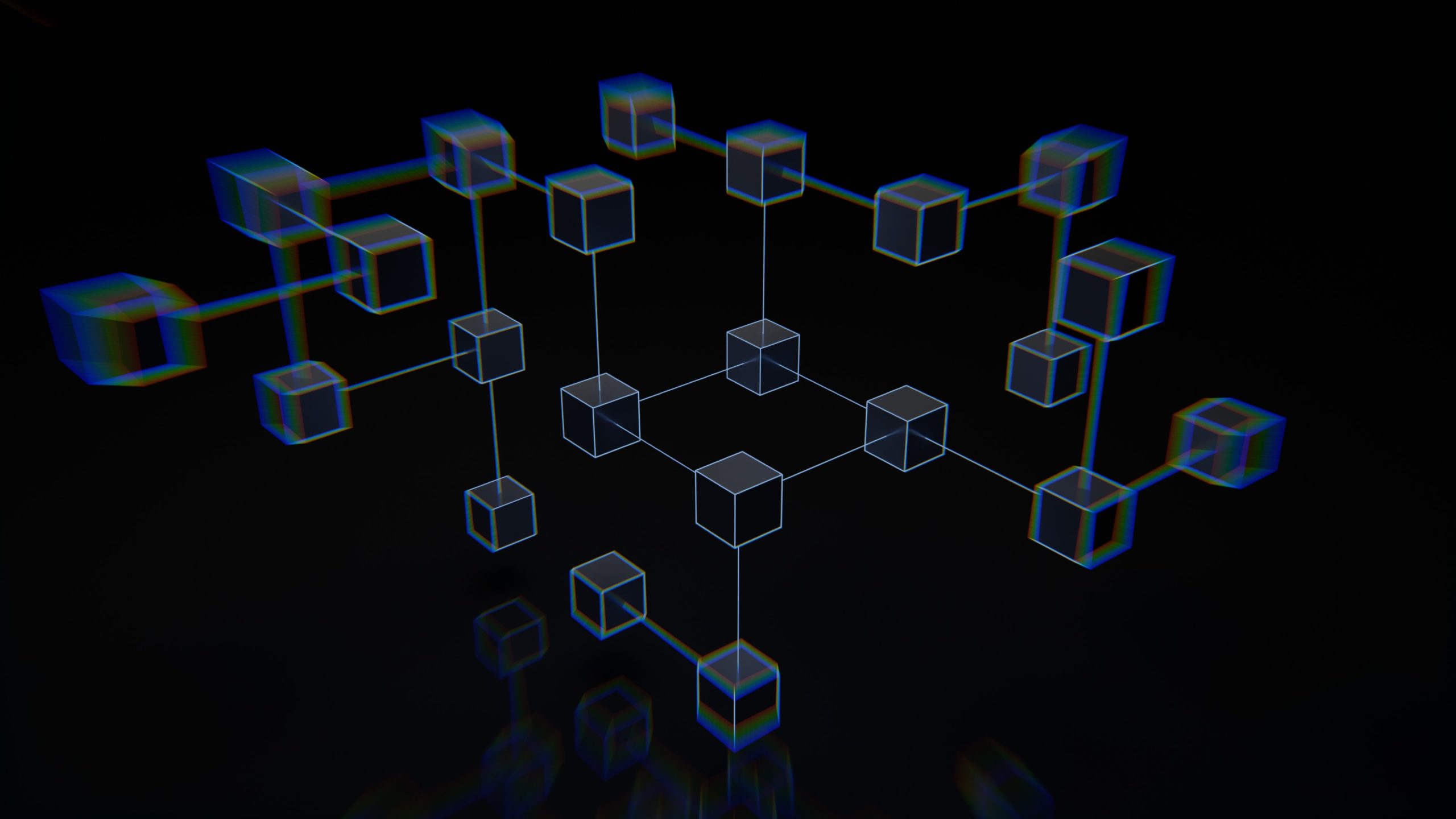
Digital transformation, Innovation
New Web3 and Blockchain Advisory Service
Proud to announce new blockchain consulting and advisory services with a team of …

Digital transformation
Change is hard ?, why firms fail to scale innovation?
With the acceleration of market and technological shifts and the rise of platform …

Innovation
The Cognitive firm = AI + Blockchain
The Cognitive firm = AI + Blockchain Recently, the rise of artificial intelligence …

Digital transformation, Innovation, Product Management
Why product development projects are slow?
The WTF project mgt and team collaboration problem Today, complex products = complex …

Design & Product, Innovation
WTF is IoT °_°, how big is it and why now?
The definition There is a lot of hype on IoT recently but what …

Uncategorized
RGPD
POLITIQUE DE PROTECTION DES DONNÉES ARTICLE 1. OBJET DE LA POLITIQUE DE PROTECTION …

